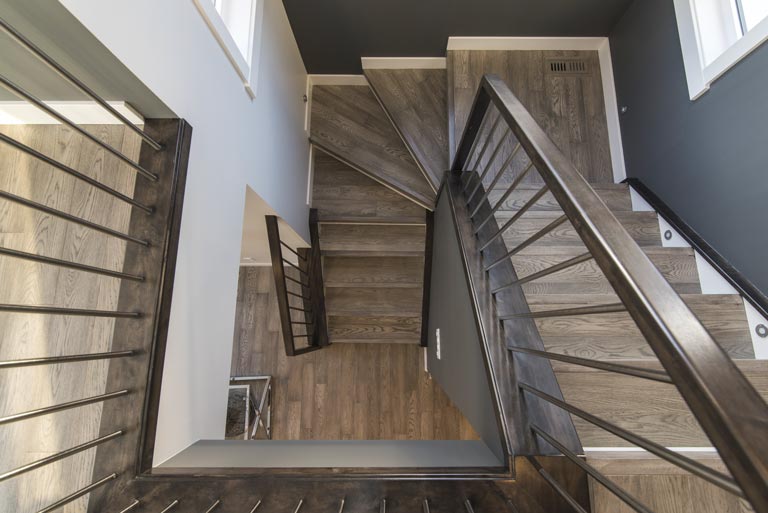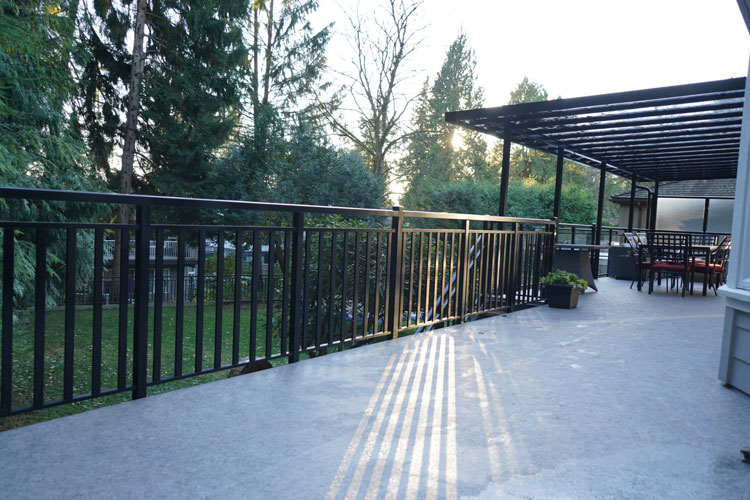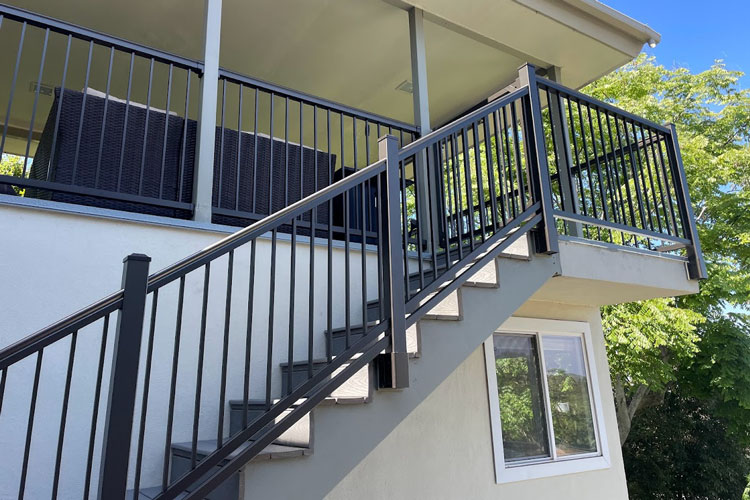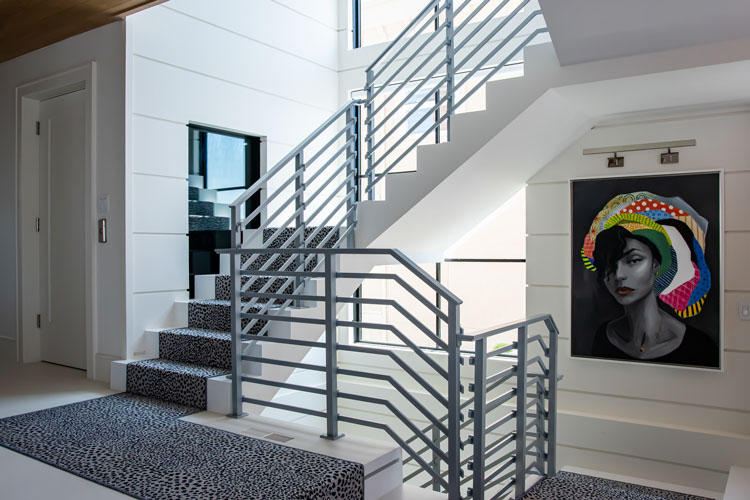ALUMINUM RAILING SYSTEMS, PRICE
- HOME
- ALUMINUM RAILING SYSTEMS

ALUMINUM RAILING
Aluminum railing is a structural element commonly used to provide safety on balconies, terraces, stairs, and other elevated areas. Constructed using aluminum material, these railings leverage the advantages of aluminum, such as its lightweight nature, durability, and aesthetic versatility.
Aluminum railings are designed to offer safety in various high spaces while complementing architectural projects with a range of design and color options. Their durable construction, resistance to external elements, and ease of maintenance contribute to their popularity as a preferred safety solution.
Typically customized and installable in various spaces, aluminum railings provide both a secure environment and an aesthetically pleasing appearance. The lightweight yet robust nature of aluminum makes these railings a practical choice for modern architectural designs.
HOW IS ALUMINUM RAILING MADE?
The construction of aluminum railing typically involves a process that requires professional metal craftsmanship. However, the general steps can be summarized as follows:
Measurement Taking: The first step is to take accurate measurements of the area where the railing will be installed and determine the design requirements.
Material Selection: The choice of materials for aluminum railing construction is crucial. Quality and durable aluminum materials should be preferred.
Cutting Processes: Aluminum profiles are cut according to the measurements. Cutting processes are usually carried out using special machines or hand tools.
Profile Shaping: Aluminum profiles are shaped to match the required shapes and details as per the design.
Welding Processes: Profiles are joined together through welding processes. Appropriate welding techniques are used, considering the welding properties of aluminum.
Assembly: Prepared parts are assembled for the installation process. Attention should be paid to accurate measurements and proper assembly.
Coating and Coloring: Optionally, aluminum railings can undergo coloring or coating processes to achieve an aesthetic appearance.
Installation: Completed railing parts are transported to the installation area and securely mounted. This process involves securing the railing and positioning it correctly.
Quality Check and Approval: After the assembly, the safety and aesthetic appearance of the railing are checked. If necessary, adjustments are made, and the final approval process is completed.
The construction of aluminum railing is typically a process that requires expertise and is recommended to be carried out by experienced metalworkers. Additionally, ensuring compliance with local building regulations and safety standards is of paramount importance.
ADVANTAGES OF ALUMINUM RAILING
Aluminum railings come with a variety of advantages. Here are some of the advantages of aluminum railings:
- Lightweight and Durable: Aluminum is a lightweight metal but is also durable, making it easy to install while providing a long-lasting and robust solution.
- Rust and Corrosion Resistance: Aluminum is naturally corrosion-resistant and does not rust. This feature ensures that railings exposed to outdoor conditions remain durable for an extended period.
- Aesthetic Variety: Aluminum railings contribute aesthetically to building design by offering different color and design options. They provide flexibility to choose from modern, minimalist, or traditional designs.
- Easy Maintenance: Aluminum railings have a surface that can be easily maintained with regular cleaning. They do not rust or corrode, simplifying the maintenance process.
- Environmentally Friendly: Aluminum is a recyclable material, providing an environmentally friendly option. Its recyclability is an essential advantage for eco-friendly construction projects and sustainability.
- Quick Installation: Due to its lightweight nature and pre-processed form, aluminum railings offer a fast and effective installation process.
- Versatility of Applications: Aluminum railings offer a wide range of applications, suitable for balconies, terraces, stairs, safety walls, and various other areas.
- Longevity: The durability and resistance of aluminum contribute to the long lifespan of railings, reducing the need for frequent maintenance.
Aluminum railings, with these advantages, have become a preferred solution for various projects, combining aesthetics and safety.
WHERE ARE ALUMINUM RAILINGS USED?
Aluminum railings are commonly used in various spaces to provide security and add an aesthetic touch. Here are the places where aluminum railings are frequently used:
Balconies and Terraces: Aluminum railings are often preferred for balconies and terrace areas in homes. They are used to ensure safety and add an aesthetic touch to these spaces.
Staircases: Aluminum railings on both indoor and outdoor staircases ensure users can move safely. With modern designs, they contribute an aesthetic element to staircases.
Garden Fences: In outdoor settings, aluminum railings are used for garden fences to define boundaries without compromising the landscape. Their lightweight structure ensures security without impacting the garden aesthetics.
Hotels and Resorts: Hotels, resorts, and accommodation facilities utilize aluminum railings to ensure guest safety and complete the aesthetic appearance of the property.
Residential Complexes and Communities: Apartment buildings, residential communities, and housing complexes often incorporate aluminum railings for balcony and terrace safety.
Commercial Buildings and Offices: Commercial structures such as office buildings and shopping centers use aluminum railings to enhance exterior design and meet safety standards.
Public Spaces: Parks, plazas, and other public areas benefit from aluminum railings, providing safety in outdoor spaces while contributing aesthetically to the environment.
Industrial Areas: In factories and industrial facilities, aluminum railings meet safety standards and ensure the security of workers.
Aluminum railings are chosen for their lightweight, durable, and aesthetic qualities, making them a preferred safety solution in various settings.







